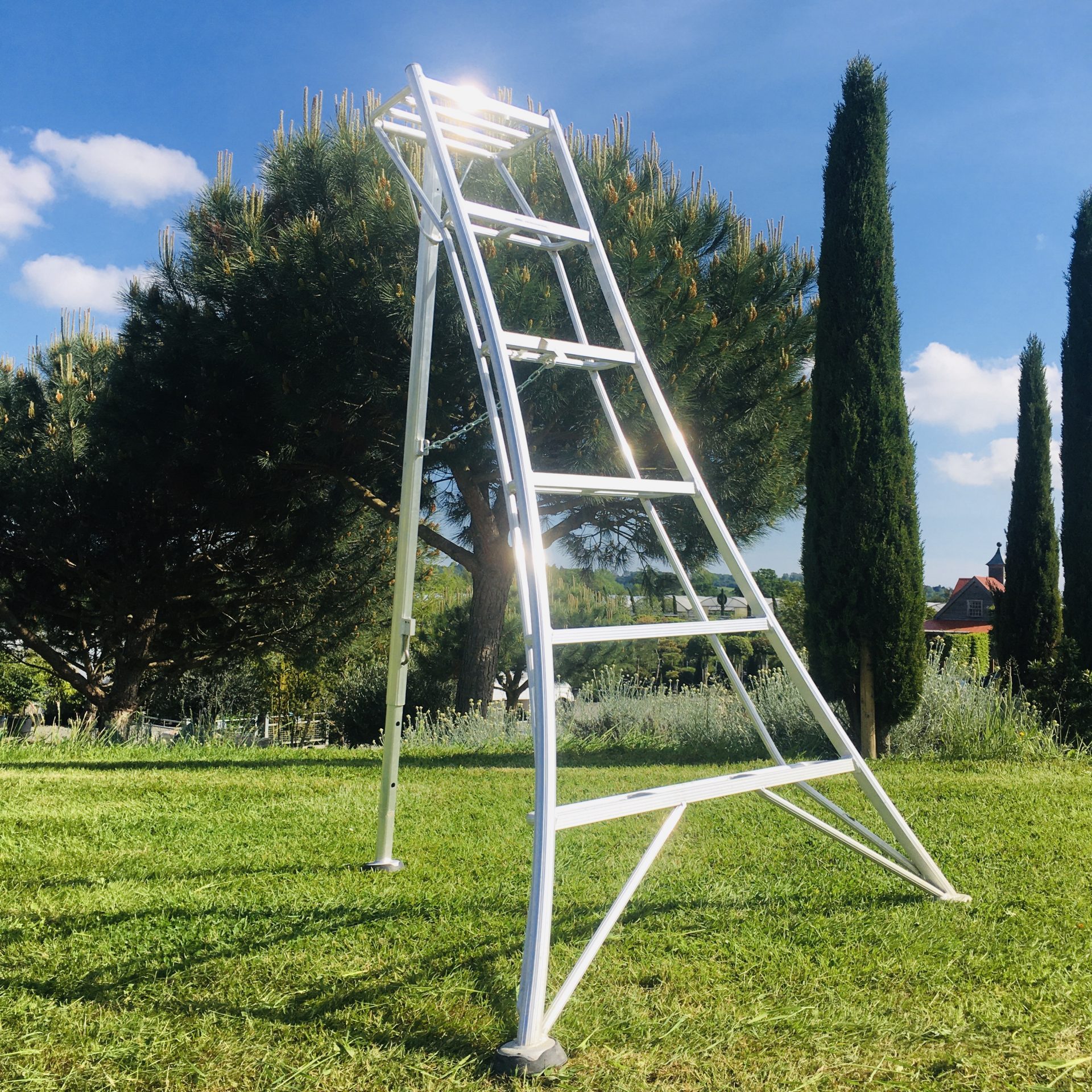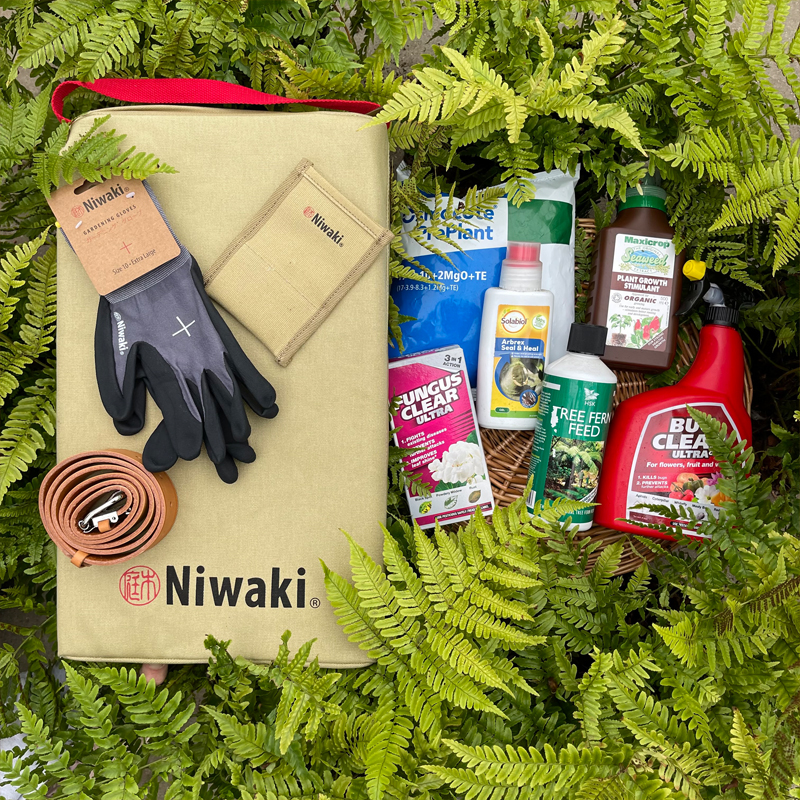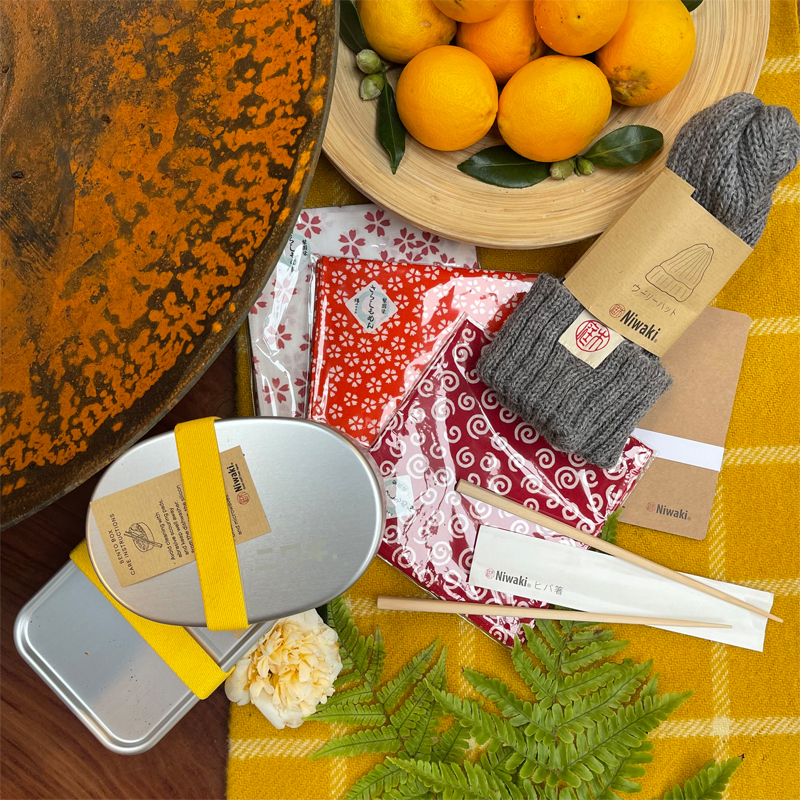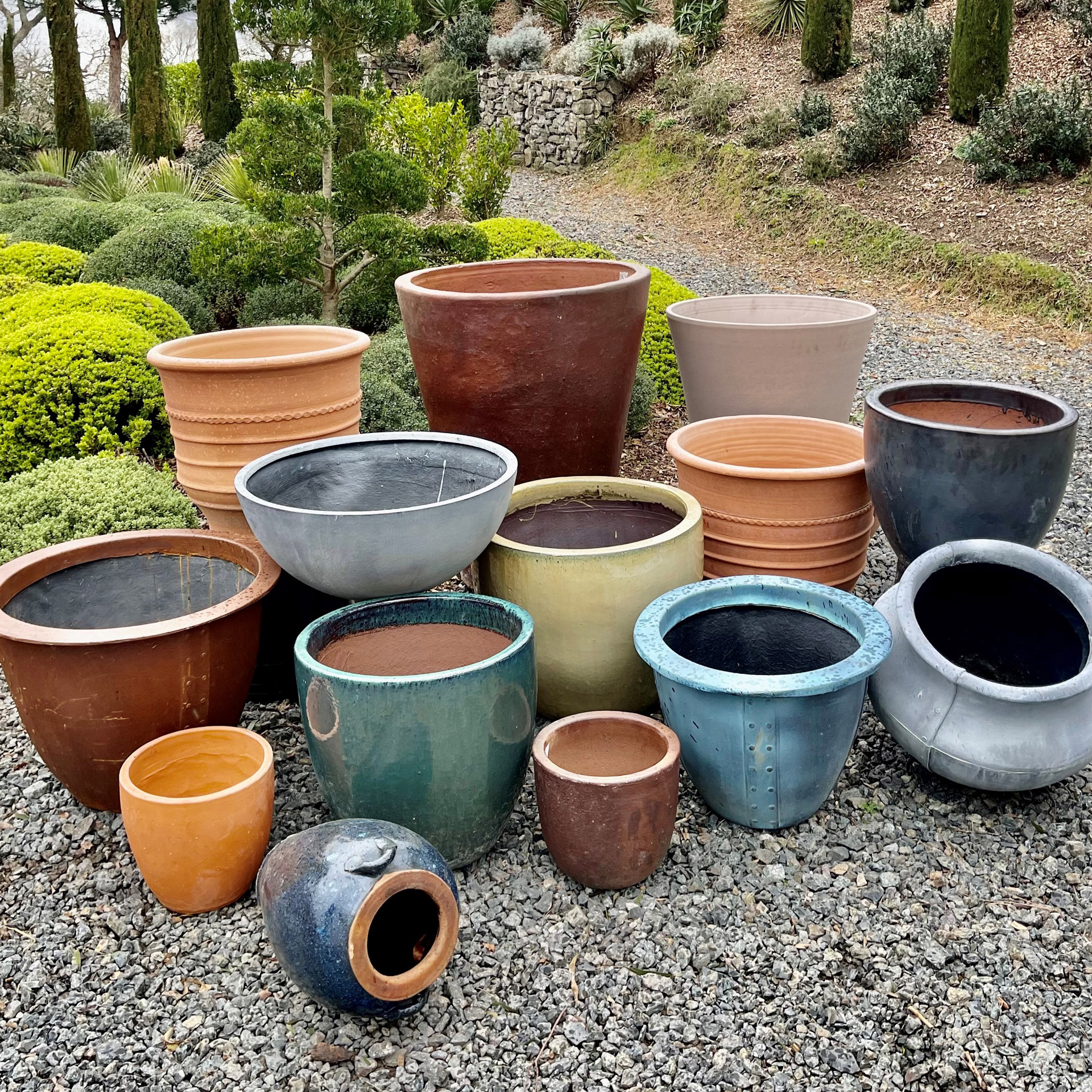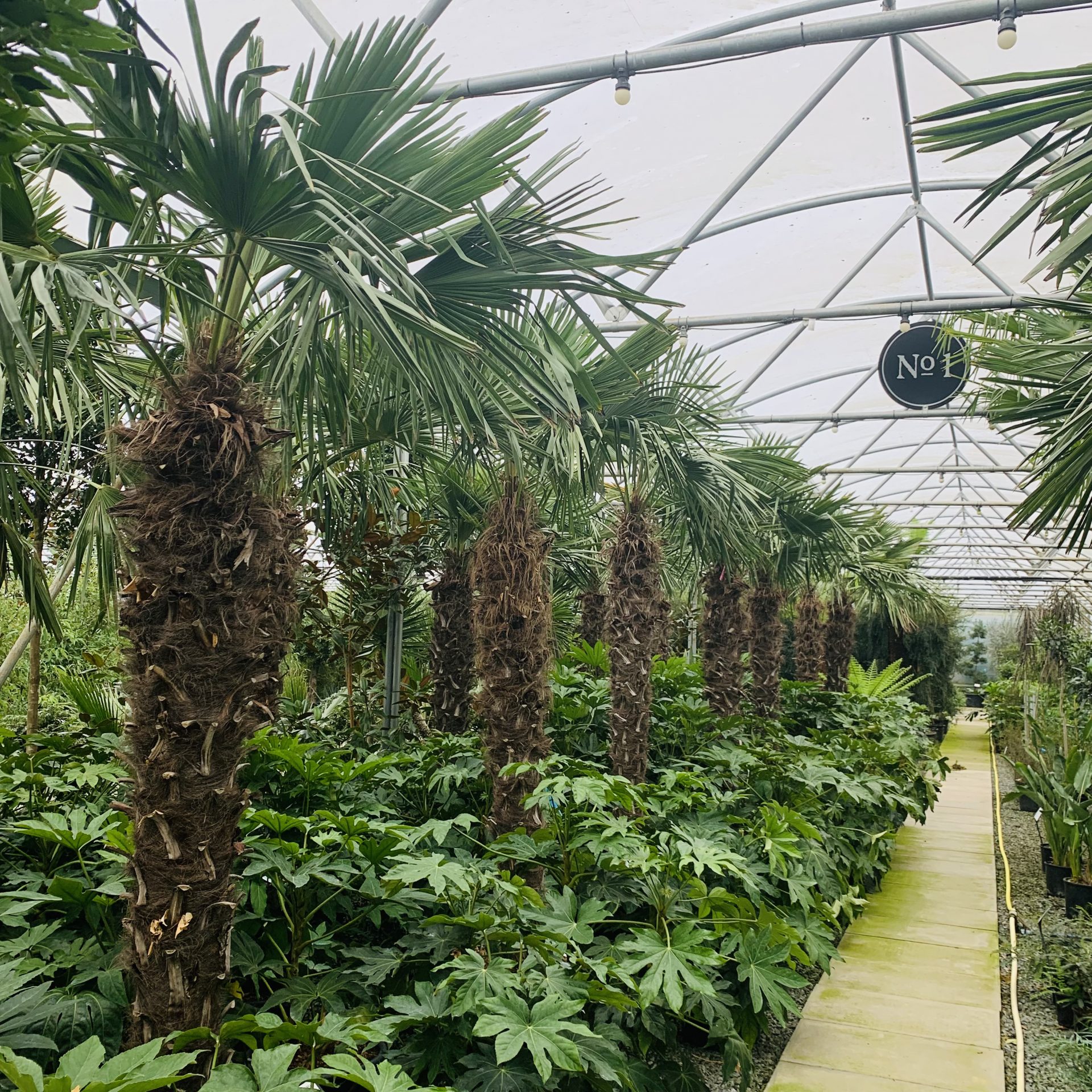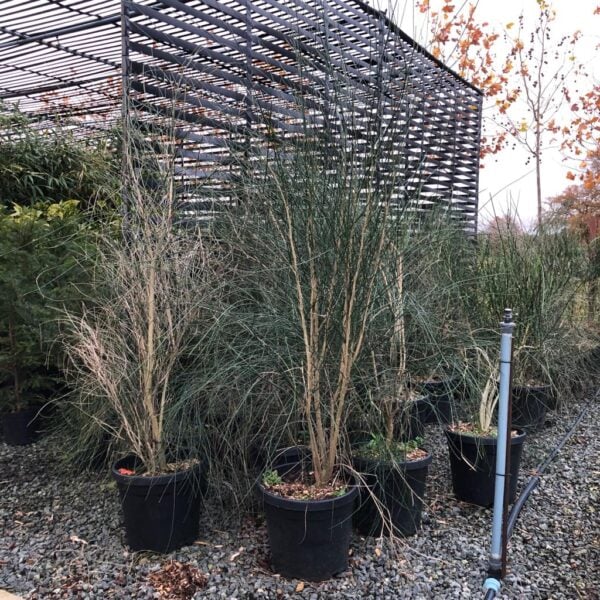Spartium junceum
This is one of the essential ingredients for when you’re in the process of converting your little corner of West Sussex to one of those enormous valley bottoms carved from the Alpujarra by the snow melt from the mighty Sierra Nevada, south of Granada. Along with Arundo donax (Spanish reed), Tamarix gallica (Tamarisk), Ficus carica (Fig) and – if you can get away with it – Nerium oleander (Oleander). The only other ingredients that might be missing are the shimmering heat, the awesome grandeur and the silence other than the distant trickling of the river in high summer and the the distant clanging of the sheep’s bells grazing peacefully a mile away.
Such are the dreams that create gardens.
There’s nothing particularly refined about this plant. It grows fast, it flowers dramatically (it’s a member of the pea family – they’re nearly all yellow and copious and smell nice), it’s course and tough and that’s the whole point of it. It embodies the very essence of those extraordinarily tough plants that survive the rigours of a typical Mediterranean summer. It has to be said, they don’t live long either – 15 years? The better the drainage, the happier it’ll be, plus lots of space and light. They can reach 6ft x 6ft or more and are so tough they’ll grow on the beach.
Technically they’re deciduous but the leaves are sparse and tiny and the stems are dark green so it really looks much the same in the winter as in the summer.
Propagated by us from seed.
N.B. When clipping several plants with the same tool, have a bucket containing a 5% bleach solution and swish your blades around for 30 seconds between plants to sterilise them. This will help avoid the chance of cross contamination of disease.
As with all woody plants, plant high, exposing as much of the taper at the base of the trunk as possible. Allowing soil to accumulate round the base of a tree can be fatal. Keep very well watered when first planted.
Showing the single result






